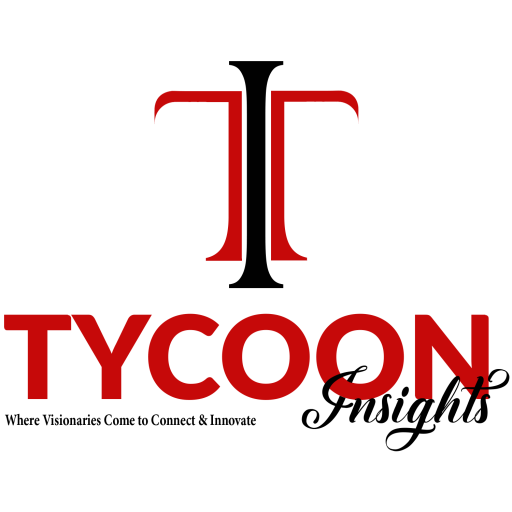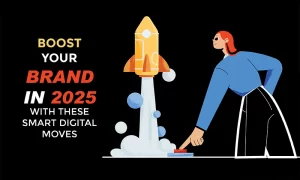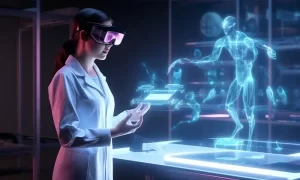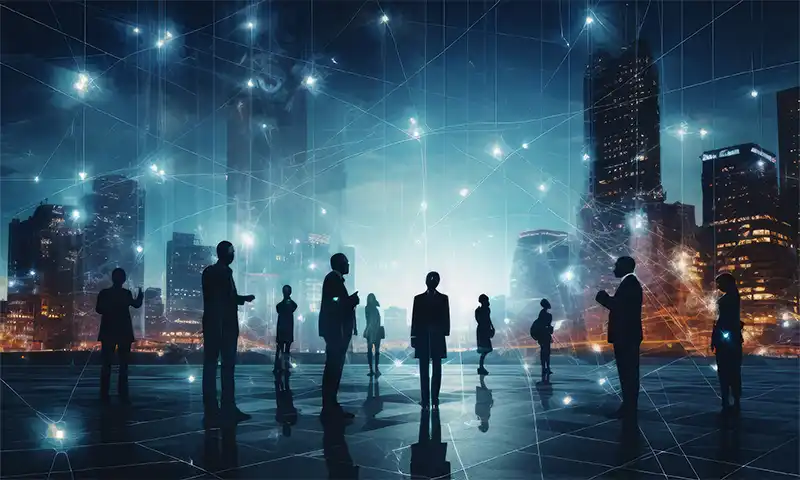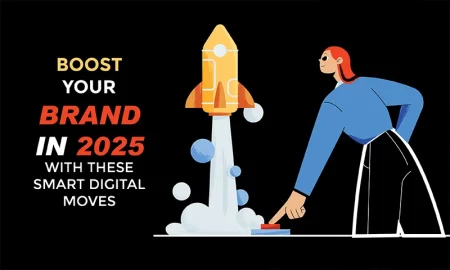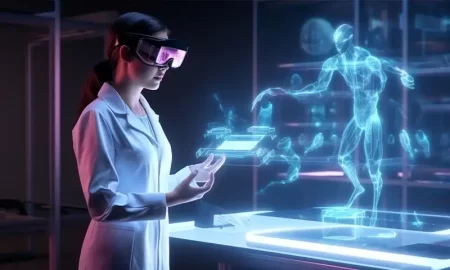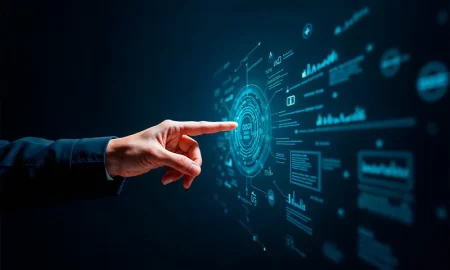How Brilliant Minds Shape the Future of Workspaces
In this contemporary era characterized by rapid advancements, it can be said that every aspect of every industry, especially that of the evolution of workspaces is geared towards innovation. The transformation of traditional business environments takes place because as businesses grow and develop, what employees found in an office building is no longer reachable. Hence, the elements of creativity and forward-thinking are embraced in designing the work place to be more efficient, flexible and adjustable. But how do those with creative intelligence impact this improvement?
1. Transitioning Toward Hybrid Work Models
Over the last several years, one of the most notable transformations has been the adoption of a hybrid workplace. This allows employees to balance time in the office as well as outside the workplace. The thought leaders in the sector have created work environments that allow for both face-to-face interaction and focus time within a remote setting. By Leveraging Tech-enabled solutions, such organizations create an environment that promotes collaboration while embracing flexibility.
2. Technology Integration: Smart Offices
With the introduction of smart technology, traditional ways of working in offices are now becoming a thing of the past. Things like smart lights, ai assistants to manage your meeting hours, and unprecedented video conferences are starting to be common. Such developments assist in cutting down energy use, improving business processes and increasing the output of the human resources. If leveraged appropriately, organizations are able to mobilize effective and advanced workplaces.
3. Biophilic Design: Bringing Nature Indoors
Biophilic design, or nature-inspired design, refers to the tendency of many, especially the younger generation, to make use of available resources. This design practice aims at putting natural features like flowers, sun light, and water falls in the work place. Research has revealed that environments which incorporate elements of nature have the tendency to enhance moods, alleviate stress and boost creative thinking. Visionary companies realize that the combination of nature and contemporary design will help them create a more wholesome and motivating office environment.
4. The Architectural Strategy That Serves To Impact On Work Spaces
The concept of modular design is also one of the creative approaches that is determining the design of the present day and future offices. Modular workspaces or flexible workspaces, for example, do not have a fixed or constant office layout, rather they allow the occupants of the space to shift and change the shapes and sizes of spaces according to their preferences. This is especially important in the present age where companies are on incurring rapid growth or even changing their line of business. The people who put these designs together here are so clever that they allow spaces to be used for keying in the most disruptive of activities, collaboration, sensitive low noise work, privacy, and individual work with the least amount of disruption.
5. The Evolution of Work Environments
There is no doubt that the old office design characterized by countless cubicles has been on the way out for a long time now. Contributors such designs that allow for interactions, inspiration, and cooperation among employees. Here is where we have to think creatively because designers are developing both functional and stimulating spaces for the employees to participate and interact with one another. Such spaces usually have inclusions like creative meeting rooms, brainstorming rooms, and open office hours rotational desks.
6. Place More Emphasis On The Safety Of The Employees
In view of modern designs, an employee’s health comes first since the management clearly knows that there is always a limit in productivity and improvement if the surrounding is not conducive. By providing appropriate resources such as appropriate furniture, quiet areas, and recreational facilities, it is possible for organizations to enhance the morale and output of their employees. The industry’s designers are always looking for new and better solutions on how to implement well-being in office designs.
7. Integrating Artificial Intelligence
The use of Artificial Intelligence (AI) is another factor that will greatly influence the design of future workspaces. Whether it’s through innovative maintenance solutions or virtual assistants, such solutions have demonstrated their effectiveness in creating a suitable working environment for companies across industries. AI can also monitor workspace utilization as well as improved usage patterns within a facility- which in turn aids in more effective resource use. As more and more AI technologies are introduced, it’s understandable that people will be looking forward to what else will come with these workspaces.
8. Sustainability: Eco Friendly Offices
Green sustainable practices are increasingly becoming a concern for most companies with a vision. With the emergence of green offices, companies are cutting their greenhouse emissions and operating on a cleaner, greener way. Creative thinkers today are designing materials that take care of energy, cut the use of carbon in buildings and also minimize waste. The adverse effects of such practices are not only countered but also the image of the corporation is able to gain through the use of green initiatives.
9. The Impact of Virtual and Augmented Reality
Virtual Reality (VR) and Augmented Reality (AR) are changing the way we engage with the work environment. In addition to AR-boosted coworking spaces, employees can also enjoy virtual office expeditions. Such developments allow people to experience their environments in entirely different dimensions. This advancement provides a wide range of opportunities for conducting various activities such as remote work, teamwork, or training running.
10. Future-Proofing Workspaces
Innovation and creativity will always be in the need of the hour for companies if they are to remain relevant, its imperative that the workspaces be adapted in a manner that they look beyond the present time and ready for the future. The savviest designers of workspaces are always forward, to trends, and devising strategies that position businesses to be proactive rather than reactive.
Conclusion
The prospects of workspaces are encouraging due to the many innovators who have refused to conform. From technology integration, to sustainability and employee well-being, there are a lot of great minds changing how we work. As we project into the future, these changes will more than boost productivity; they will completely alter the relationship which exists between the employee and the work environment. If an organization remains flexible by adopting changes this transformation can happen in the form of building up spaces that will work for the benefit of the employees and the organization in the future.
